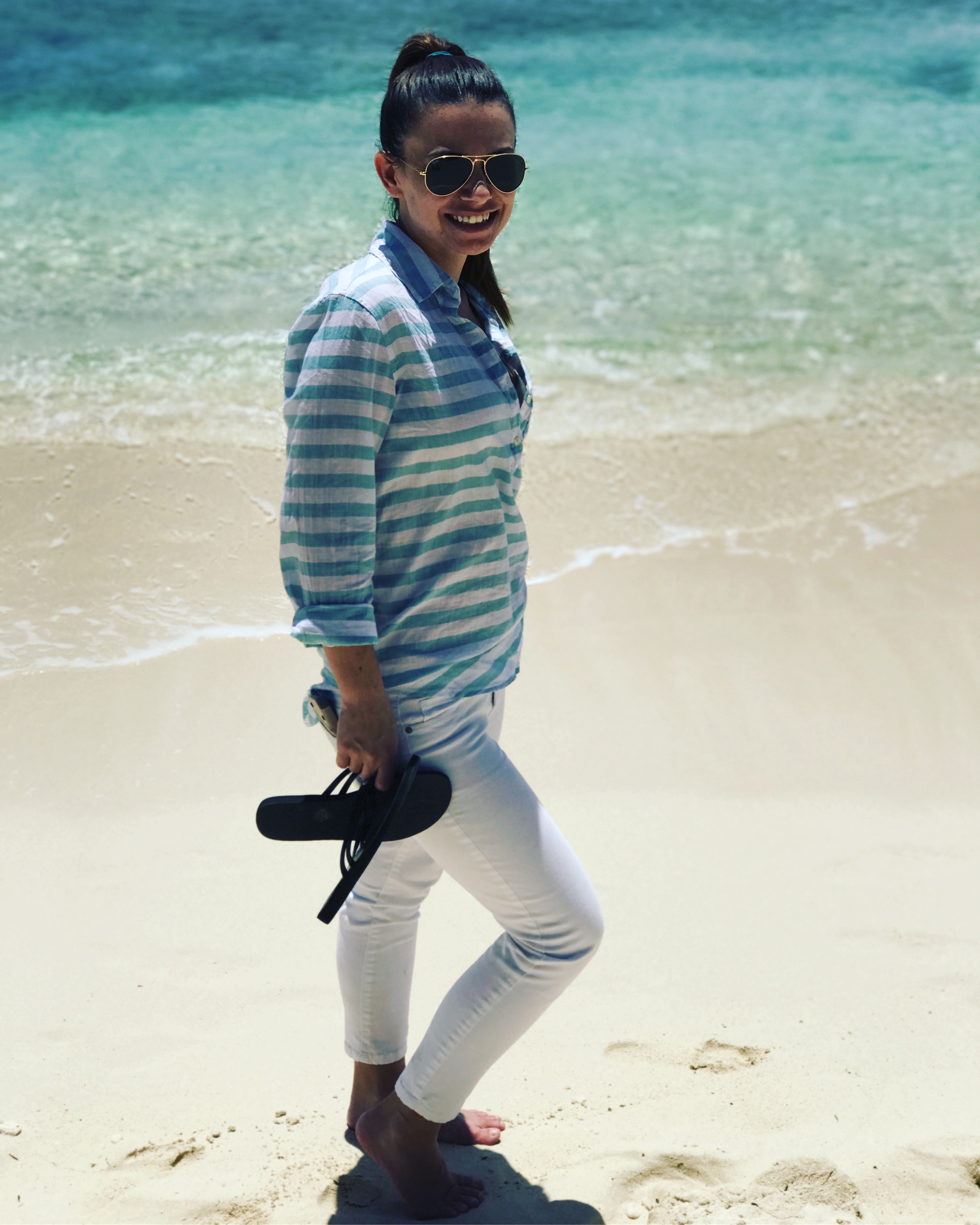Help Kids Learn to Skate
- Tiffany Balay

- Oct 31
- 4 min read
Teaching kids to skate is one of the most rewarding experiences you can share. Watching their confidence grow as they glide across the rink is priceless. Whether your child is just starting out or looking to improve their skills, roller skating lessons offer a fantastic way to build balance, coordination, and social skills. In this post, I’ll share practical tips and insights to help you support your child’s skating journey with fun and effective kids roller skating lessons.
Why Kids Roller Skating Lessons Are a Great Idea
Roller skating is more than just a fun activity. It’s a full-body workout that helps kids develop strength, balance, and endurance. Plus, skating lessons provide a structured environment where children can learn at their own pace with professional guidance.
Here are some key benefits of enrolling your child in kids roller skating lessons:
Improved Physical Fitness: Skating engages core muscles, legs, and arms, promoting overall fitness.
Enhanced Coordination: Learning to skate requires balance and timing, which improves motor skills.
Social Interaction: Group lessons encourage teamwork and friendship-building.
Boosted Confidence: Mastering new skills gives kids a sense of achievement.
Safety Skills: Lessons teach proper techniques to prevent injuries.
When kids feel safe and supported, they’re more likely to enjoy skating and stick with it long-term. That’s why choosing the right program and instructor is so important.

What to Expect from Kids Roller Skating Lessons
If you’re new to skating lessons, you might wonder what a typical class looks like. Most kids roller skating lessons follow a structured format designed to build skills step-by-step.
Typical Lesson Structure
Warm-Up: Light stretching and simple movements to prepare the body.
Basic Skills: Learning how to stand, balance, and move forward on skates.
Stopping Techniques: Teaching safe ways to stop and control speed.
Turning and Maneuvering: Practicing turns, crossovers, and direction changes.
Games and Activities: Fun drills that reinforce skills in an engaging way.
Cool Down: Gentle stretches and review of what was learned.
Lessons usually last between 30 to 60 minutes, depending on the child’s age and skill level. Group sizes are kept small to ensure personalized attention.
Choosing the Right Skates and Gear
Proper equipment is essential for a positive skating experience. Here’s what to keep in mind:
Skate Fit: Skates should fit snugly but comfortably. Avoid buying skates that are too big.
Protective Gear: Helmets, knee pads, elbow pads, and wrist guards are must-haves.
Clothing: Comfortable, flexible clothes that allow movement.
Many skating rinks offer rental skates, but investing in a good pair for your child can make a big difference in comfort and control.
If you want a comprehensive and supportive environment, consider enrolling your child in a learn to skate program that specializes in kids roller skating lessons.
How much is a learn to skate membership?
Understanding the cost of skating lessons helps you plan better. Membership fees vary depending on the rink, program length, and included benefits.
Typically, a learn to skate membership includes:
Weekly or bi-weekly lessons
Skate rentals (if needed)
Access to practice sessions
Participation in special events or competitions
Prices can range from $50 to $150 per month. Some programs offer discounts for siblings or multi-month sign-ups. It’s a good idea to ask about trial classes or drop-in rates if you want to test the waters before committing.
Remember, investing in quality lessons pays off in your child’s safety, skill development, and enjoyment.

Tips for Supporting Your Child’s Skating Journey
As a parent or guardian, your encouragement plays a huge role in your child’s skating success. Here are some practical ways to support them:
Be Patient: Learning to skate takes time. Celebrate small victories and progress.
Practice Together: Spend time skating with your child outside of lessons to build confidence.
Create a Routine: Consistent practice helps develop muscle memory.
Encourage Safety: Always remind your child to wear protective gear and follow rink rules.
Stay Positive: Keep the experience fun and pressure-free to maintain enthusiasm.
Attend Events: Watching skating shows or competitions can inspire your child.
If your child struggles with fear or frustration, talk openly about their feelings and reassure them that everyone learns at their own pace.
Making Skating a Family Affair
One of the best ways to keep kids motivated is to make skating a family activity. When everyone joins in, it becomes a shared adventure full of laughter and bonding.
Here are some ideas to make skating fun for the whole family:
Plan regular family skate nights at your local rink.
Organize friendly races or obstacle courses.
Celebrate milestones with small rewards or treats.
Take photos or videos to track progress and create memories.
Explore different skating styles like artistic, speed, or roller hockey.
By showing your own enthusiasm and participating, you set a positive example that encourages your child to keep skating.
Skating is a wonderful way to stay active and connected, no matter your age or skill level.
Helping kids learn to skate is a journey filled with joy, challenges, and growth. With the right lessons, equipment, and support, your child can develop skills that last a lifetime. Whether they dream of skating for fun or competition, kids roller skating lessons provide the perfect foundation to roll confidently into the future. Lace up those skates and get ready for an exciting ride!




.png)
.png)



Comments